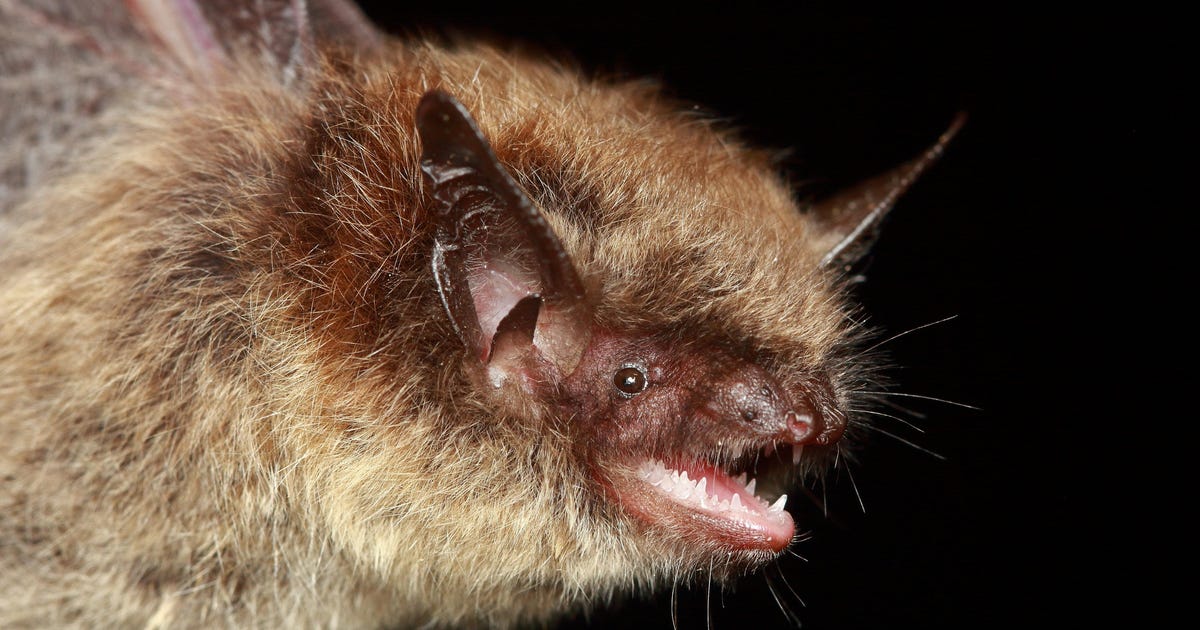Tel Aviv University Research Reveals Bats Navigate Home Using Echolocation

Tel Aviv, Israel – In a groundbreaking study, researchers at Tel Aviv University have demonstrated that bats possess an extraordinary ability to navigate using echolocation, even with their eyes closed. The study, led by Aya Goldshtein, Lee Harten, and Prof. Yossi Yovel, was published in the latest issue of the journal Science and focused on the Kuhl's pipistrelle (Pipistrellus kuhlii), a small insectivorous bat known for its nocturnal habits.
Contrary to the long-standing myth that bats are blind, the research highlights their sophisticated sonar capabilities which allow them not only to hunt but also to create detailed cognitive maps for navigation. "We've shown that these bats can return to their roosts when released several kilometers away, even when blindfolded," explained Prof. Yovel.
The experiment involved capturing wild Kuhl's pipistrelles at their roost, transporting them to a new location about 3 kilometers away, and then releasing them in a manner that blocked all sensory inputs except for auditory. The bats were fitted with tiny felt blindfolds and miniature trackers to monitor their journey back home. Remarkably, 95% of these bats successfully navigated back to their roost, suggesting they rely heavily on echolocation for more than just hunting.
The study also explored the role of other navigational aids like geomagnetism, which was temporarily disrupted in the bats using small magnets. Despite this, the bats still managed to find their way home, indicating that their primary navigation tool is indeed echolocation.
"This ability to build and utilize acoustic maps challenges previous assumptions about bat navigation," said Yovel. The researchers noted that while the blindfolded bats took longer to return compared to their sighted counterparts, the success rate was still impressive, underscoring the robustness of their echolocation system.
The findings not only dispel myths about bat vision but also provide insights into how other animals might navigate their environments. The team emphasized that while bats like the Egyptian fruit bat primarily use visual landmarks for navigation, the Kuhl's pipistrelle demonstrates a unique reliance on auditory cues.
The implications of this research extend beyond understanding bat behavior; it opens up new avenues in bio-inspired technology and could influence how we design navigation systems for drones or assistive technologies for the visually impaired.
As the scientific community continues to unravel the mysteries of animal navigation, Tel Aviv University's bat study marks a significant step in appreciating the complex sensory world of these often misunderstood creatures.
